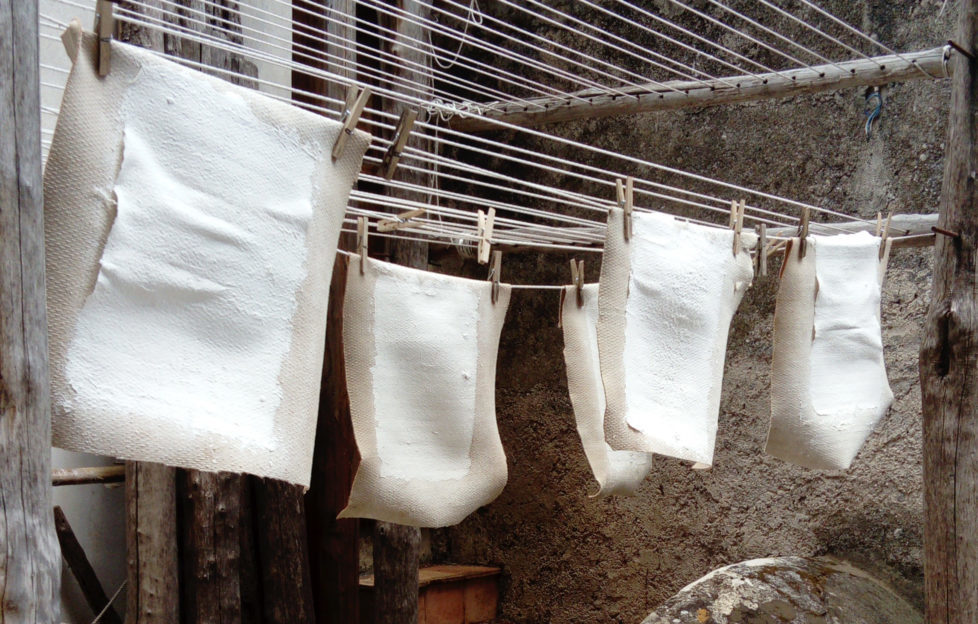
One of the highlights of my recent holiday in Italy was a visit to the Museo della Carta (Paper Mill Museum) in Amalfi.
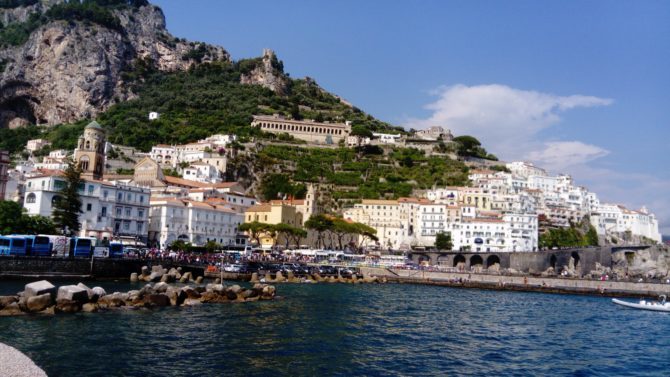
We stumbled across this little gem whilst browsing our guidebook on the boat journey from Sorrento, and I am so glad we did.
It takes only ten minutes on foot from the centre of Amalfi to reach the museum at the top of Via delle Cartiere. In the industry’s heyday, this street of the papermakers was home to 16 mills, which since the 12th century had been turning out hand-made paper of the very highest quality.
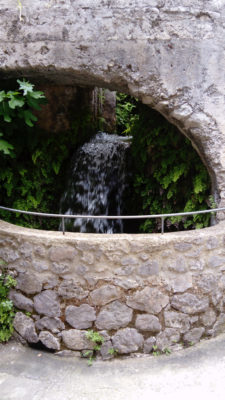
That all came to an end in the late 1960s with the increasing large-scale industrialisation of paper-making and the use of wood pulp as a raw material.
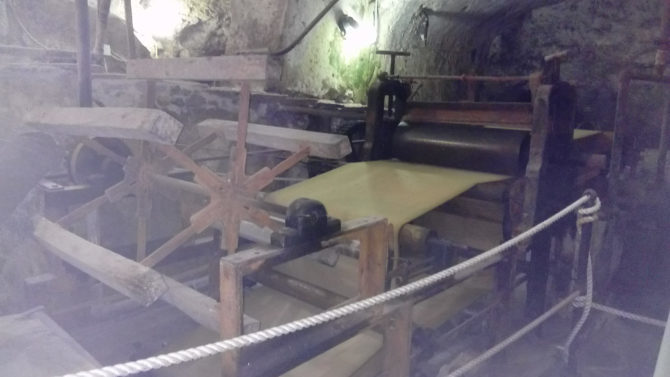
The art of papermaking
However, the art of making paper by hand has not been lost, and anyone who’s willing to pay the bargain entrance fee of just four euros per person can experience it first hand here at the Museo della Carta.
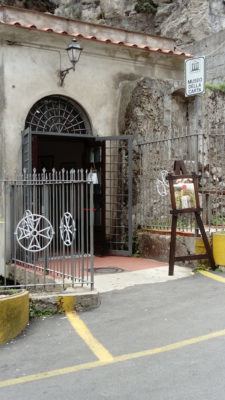
Amazingly, some of the machinery in the museum still works, and our guide switched it on to let us see the machines in action. I hope you like the short video clip I took!
The museum guide who showed us round was utterly delightful and spoke excellent English. The paper-making process was explained in detail and was fascinating, especially for someone who works in the publishing industry. One lucky member of our party even got the chance to make their own sheet of paper!
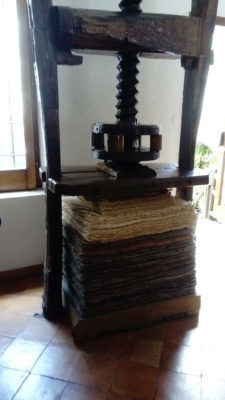
Paper, I learned, was originally made from cloth. Cotton rags were collected and mashed to a pulp by ancient machinery. The “liquid” paper was then stretched on a frame, dried in cellars (not out in the open, which could damage the fragile sheets) and pressed, before being sized to make it smooth enough to write on.
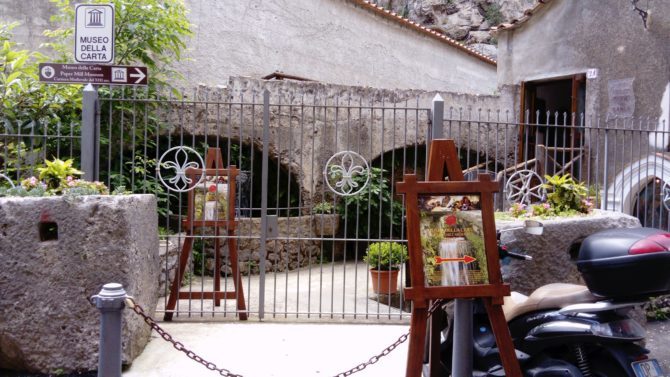
It was a highly laborious and time-consuming process that required great skill, so no wonder hand-made paper of high quality was such a precious commodity.




